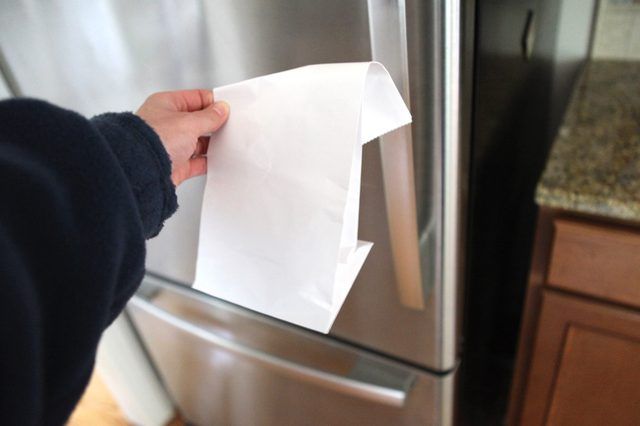Bulbs
Flower Basics
Flower Beds & Specialty Gardens
Flower Garden
Garden Furniture
Garden Gnomes
Garden Seeds
Garden Sheds
Garden Statues
Garden Tools & Supplies
Gardening Basics
Green & Organic
Groundcovers & Vines
Growing Annuals
Growing Basil
Growing Beans
Growing Berries
Growing Blueberries
Growing Cactus
Growing Corn
Growing Cotton
Growing Edibles
Growing Flowers
Growing Garlic
Growing Grapes
Growing Grass
Growing Herbs
Growing Jasmine
Growing Mint
Growing Mushrooms
Orchids
Growing Peanuts
Growing Perennials
Growing Plants
Growing Rosemary
Growing Roses
Growing Strawberries
Growing Sunflowers
Growing Thyme
Growing Tomatoes
Growing Tulips
Growing Vegetables
Herb Basics
Herb Garden
Indoor Growing
Landscaping Basics
Landscaping Patios
Landscaping Plants
Landscaping Shrubs
Landscaping Trees
Landscaping Walks & Pathways
Lawn Basics
Lawn Maintenance
Lawn Mowers
Lawn Ornaments
Lawn Planting
Lawn Tools
Outdoor Growing
Overall Landscape Planning
Pests, Weeds & Problems
Plant Basics
Rock Garden
Rose Garden
Shrubs
Soil
Specialty Gardens
Trees
Vegetable Garden
Yard Maintenance
How to Collect Geranium Seeds
How to Collect Geranium Seeds. The zonal geranium (Pelargonium x hortorum) is an annual plant that produces brightly colored blooms in a profuse display from spring until fall. This versatile plant grows well in all U.S. Department of Agriculture plant hardiness zones when planted after the threat of spring's last frost. Its height varies by...
The zonal geranium (Pelargonium x hortorum) is an annual plant that produces brightly colored blooms in a profuse display from spring until fall. This versatile plant grows well in all U.S. Department of Agriculture plant hardiness zones when planted after the threat of spring's last frost. Its height varies by cultivar, reaching 6 inches to several feet tall. Wild geraniums (Geranium maculatum) are perennials in USDA zones 3 through 8. Collecting seeds from your favorite geranium, whether zonal or wild, allows you to plant that type of geranium again and to plant it indoors early in spring to get a head-start on blooms for hanging baskets, containers and window boxes.
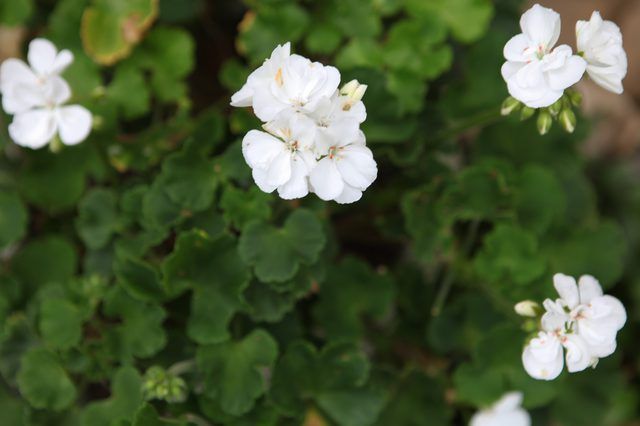
Things You'll Need
Isopropyl alcohol
Washcloth
Pruning shears
Small container
Paper bags
White paper
Refrigerator
Step 1
Pour a small amount of isopropyl alcohol on a washcloth, dampening it. Open the blades of pruning shears, separating the two cutting surfaces. Wipe both sides of both blades with the washcloth, disinfecting them. Wait about one minute for the alcohol to evaporate.
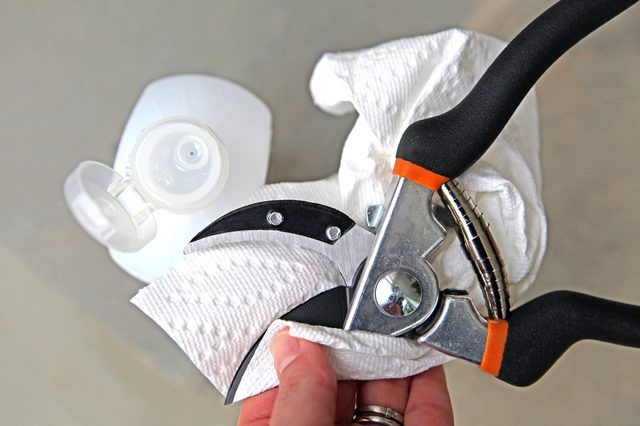
Step 2
Select a geranium flower in full bloom. Hold pruning shears in one hand, and use your other hand to hold a small container underneath the flower's seedpod. The seedpod is a swollen area at the bottom of the bloom, and it contains seeds. Cut the stem just below the flower and its seedpod. Collect additional blooms, including the seedpods at their bases, in the small container by using the same method, but disinfect the pruning shear blades with isopropyl alcohol between cuts.
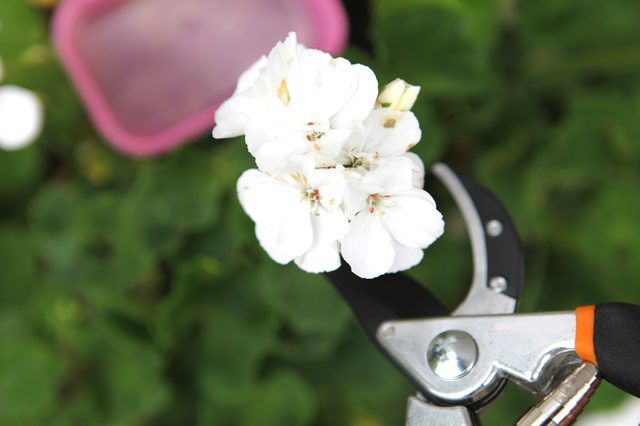
Step 3
Lay the blooms flat on a paper bag in a sunny, dry area, such as a windowsill. Allow each bloom to fade, and snip it from its seedpod, using newly disinfected pruning shears. Allow the seedpods to dry and shrivel for a few weeks. They will turn brown.
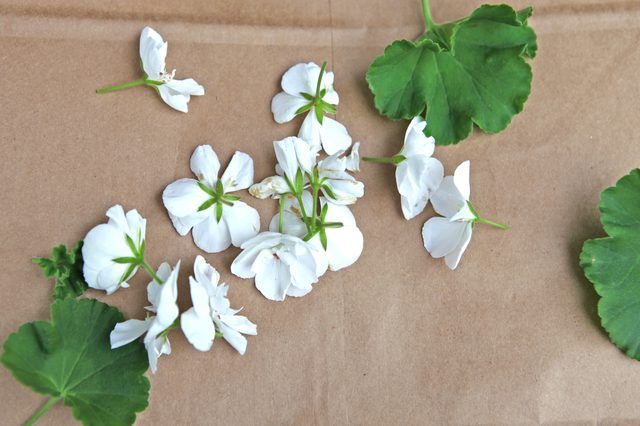
Step 4
Roll the dry seedpods gently between your fingers over a sheet of white paper, such as notebook paper, to catch the seeds. Allow the seeds to continue drying for a few weeks.
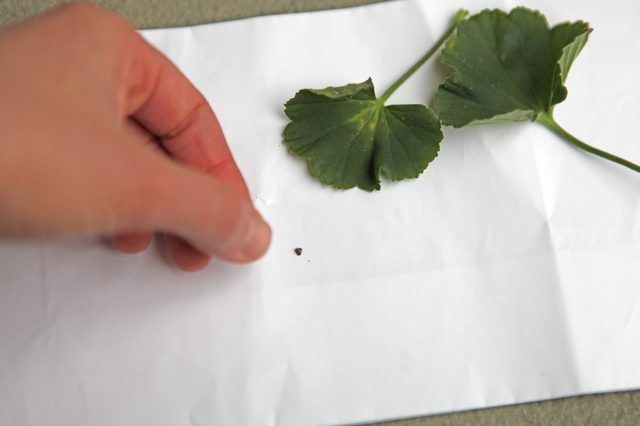
Step 5
Place the dried geranium seeds in a paper bag. Store the bagged seeds in the bottom of a refrigerator until you want to plant them next spring after the threat of the last frost has passed.
